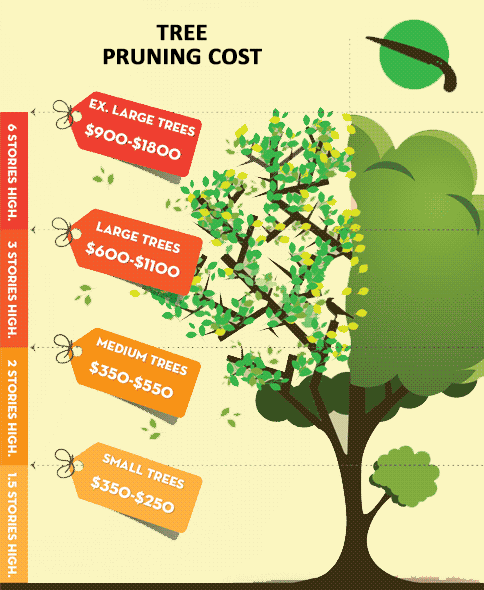Look For Considerable Cautions That Your Tree Could Be A Danger; Recognizing These Can Help Protect Your Home And Your Family.What Should You Watch Out For Next?
Look For Considerable Cautions That Your Tree Could Be A Danger; Recognizing These Can Help Protect Your Home And Your Family.What Should You Watch Out For Next?
Blog Article
Author-Vogel Aagaard
When it comes to tree treatment, identifying the indications that it's time for removal is important for your safety and security and residential or commercial property. You might see blemished fallen leaves, wilting branches, or weird fungal developments indicating health issue. Recommended Looking at , like a considerable lean or cracks in the trunk, can likewise posture risks. Comprehending these warning signs can help you make informed decisions concerning your trees and protect against potential dangers hiding in your lawn. What should you search for next?
Indications of Decay and Disease
When you observe indications of decay and condition in your trees, it's critical to act rapidly. Seek blemished fallen leaves, wilting branches, or uncommon growths like fungi. These can suggest that your tree is having a hard time.
If you see cracks in the bark or soft, mushy timber, these signs and symptoms recommend interior degeneration. Additionally, a sudden increase in bugs around your tree can signal that it's weakened and at risk.
Check for any type of dead or passing away limbs, as they posture a risk to your residential or commercial property and safety and security. If you doubt concerning what you see, getting in touch with an arborist can supply clearness.
Addressing these indicators early can conserve you from a lot more substantial damages and guarantee the health and wellness of your yard. Don't wait until it's far too late.
Structural Instability and Leaning
As you observe your trees, watch out for any type of signs of architectural instability or leaning. If a tree leans dramatically, it may show that the origin system is jeopardized.
Try to find any kind of cracks in the trunk or soil around the base; these can signal prospective failure. Furthermore, Logger For Free Tree Removal for unusual growth patterns, like an unbalanced crown, which might recommend that the tree is struggling to hold itself upright.
If you see that the tree favors your home, high-voltage line, or various other frameworks, it poses a better threat. Do not disregard these signs-- consult an arborist to examine the situation.
Acting early can prevent costly damage and guarantee your security.
Dead or Dying Branches and Vegetation
If you notice dead or passing away branches and vegetation on your tree, it's a clear indicator that something's incorrect.
These unhealthy locations can indicate underlying issues like condition, insect infestations, or ecological stress and anxiety. When branches shed their fallen leaves or transform brownish, they're no longer adding to the tree's wellness. Overlooking these signs can lead to more decline, making your tree much more hazardous.
Dead branches can quickly break off throughout storms, positioning a threat to property and individuals close by. It's important to assess the degree of the damage.
If the problem impacts a considerable part of the tree, consider getting in touch with a specialist. They can aid determine if removal is necessary to make sure safety and preserve the beauty of your landscape.
Verdict
If you notice any kind of indications of degeneration, structural instability, or dead branches on your trees, do not neglect them. These signs can position severe safety threats to you and your home. It's always best to consult a professional arborist who can offer a specialist assessment of your trees. Doing something about it early can stop accidents and pricey damages, guaranteeing your landscape stays secure and healthy. Bear in mind, it's far better to be positive concerning tree care than to wait on a catastrophe to occur.
